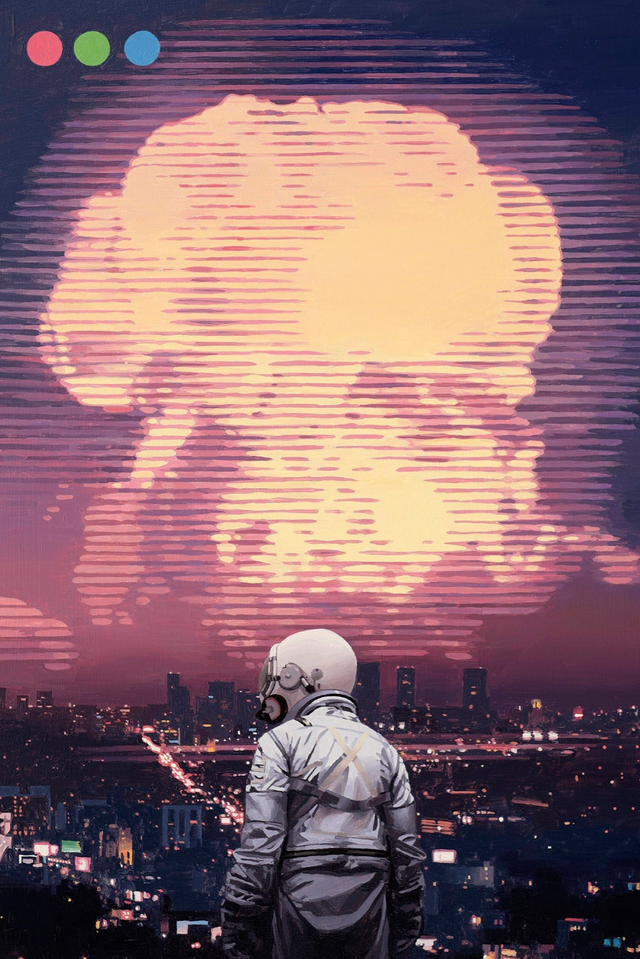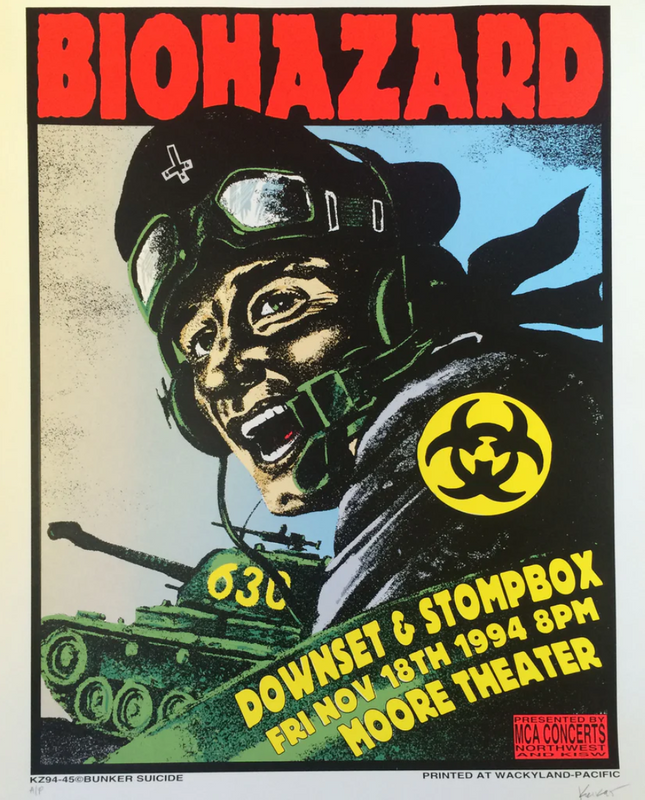
Symbolism of Bombs and Explosions in Art
In the landscape of street pop art and graffiti, bombs and explosions have emerged as powerful symbols. These motifs often convey conflict, energy, disruption, and transformation messages. For many artists, the depiction of explosions represents a moment of impact—literally and metaphorically—a sudden release of energy that can imply destruction or the birth of something new.
Historical Context in Pop Art
The use of bombs and explosions in pop art can be traced back to the movement's origins, where artists like Roy Lichtenstein brought the aesthetics of war into the public eye through his comic book-style paintings. This imagery, often vibrant and jarring, invites viewers to contemplate the juxtaposition of violent content and bold commercial graphics—a commentary on the normalization of war in media and popular culture.
Evolution in Street Art and Graffiti
Street artists and graffiti writers have adapted the bomb and explosion imagery to fit the context of urban environments. Murals and tags depicting these themes serve as a form of social commentary or as metaphors for the artists' experiences and struggles. In the hands of street artists, these images can be inflammatory, provocative, and sometimes, a call to action.
Techniques and Styles
The visual representation of bombs and explosions varies widely among artists. Some may opt for a hyper-realistic approach, while others embrace a more abstract or stylized depiction. Techniques such as stenciling, freehand spray painting, and stickering are all employed to capture the immediacy and intensity associated with explosions. The style chosen by an artist often enhances the intended message, whether it is one of critique, celebration, or irony.
Contemporary Relevance and Interpretation
In contemporary times, bombs and explosions in street pop art and graffiti remain relevant as artists respond to current events and societal issues. The imagery reflects the times, capturing the collective consciousness and communities' reactions to the tumultuous events around them. Artists can preserve historical moments, spark dialogue, and inspire change through their work.

